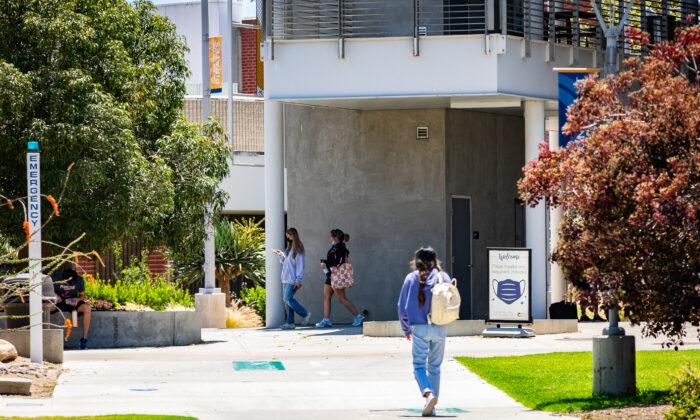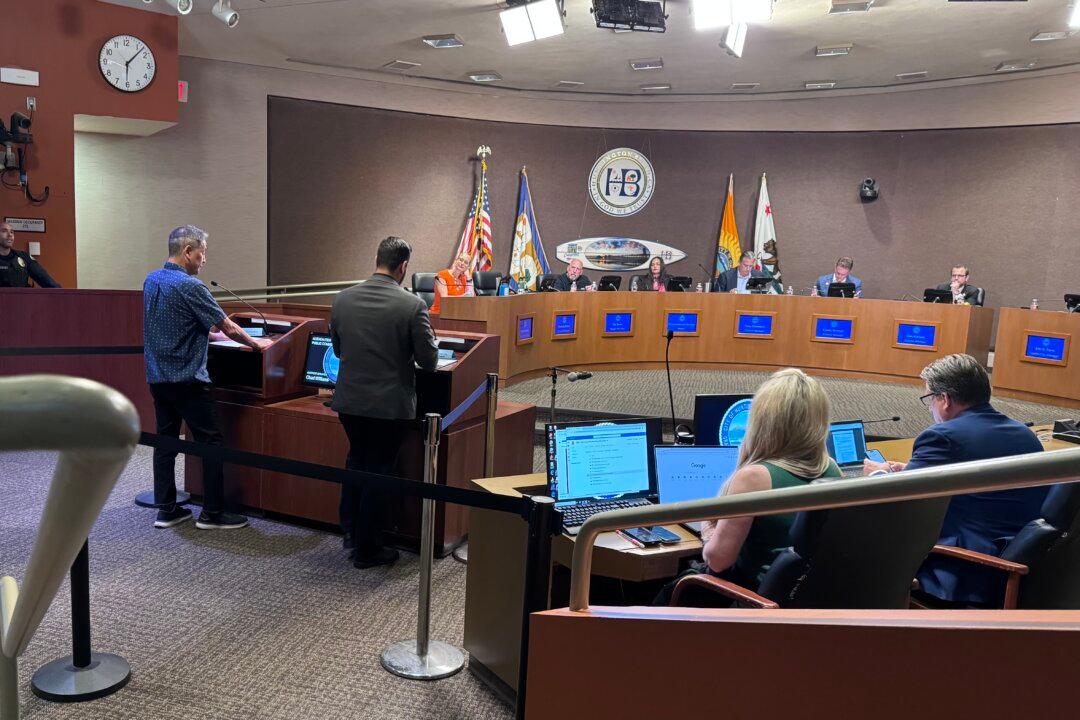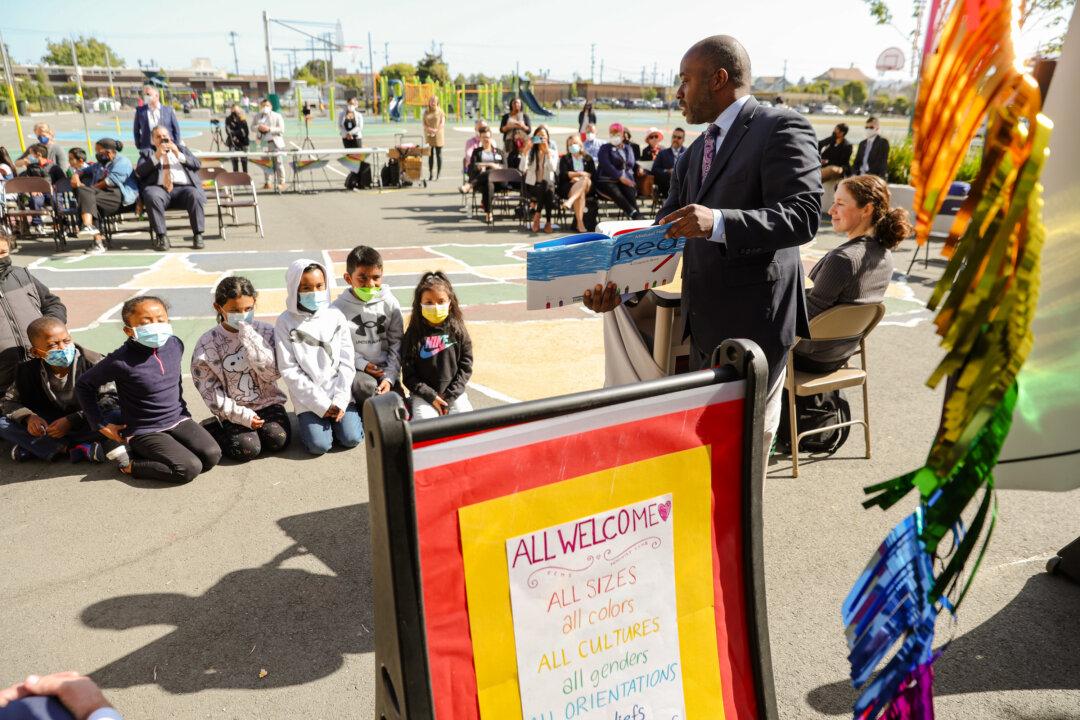Enrollment in California’s community colleges is at its lowest in 30 years, after an 18 percent drop from pre-pandemic levels in 2019.
The state’s 115 community colleges have lost about 340,000 students over the past three years, according to enrollment data released by the California Community Colleges Chancellor’s Office.
Both the Los Angeles and San Diego community college districts saw a 25 percent enrollment drop since Spring 2019, according to the Chancellor’s Office.
Meanwhile, enrollment in the North Orange County Community College District dropped by 28 percent over the same period, and the South Orange County district fell by 18 percent.
Officials at the Chancellor’s Office said the COVID-19 pandemic hit community colleges “especially hard,” with enrollment declining at a higher rate than at four-year institutions.

A spokesperson for the office said the drop raises concerns about the schools’ ability to meet the needs of California’s workforce—considering many community college students work full-time and have families.
Many factors contribute to the declines, including “the need for childcare for students who are parents, the need to work full time and a nontraditional economic recovery with increased job opportunities and higher wages for many low-skilled positions,” the spokesperson told The Epoch Times in an email.
The office is working to boost enrollment, the spokesperson said, by “re-imagining” financial aid packages, emergency grants, and scholarships. It is also focusing on dual enrollment opportunities for high schoolers as well as adult school enrollees.
To retain students, the office is also operating call centers to reach out to students who took an excused withdrawal or to those not re-enrolling. It may also extend emergency policies established at the height of the pandemic—such as expanding the choice to take a course pass/no pass, according to the spokesperson.
Meanwhile, state and federal COVID-19 relief funds are being used to forgive student debt, cover textbook costs, and provide various resources including childcare stipends, food pantries, housing vouchers, laptops, and Wi-Fi hotspots, according to the spokesperson.
The office is also trying to boost student outcomes by offering additional funds to districts with more students who earn associate degrees and credit certificates and who transfer to four-year colleges and universities.





